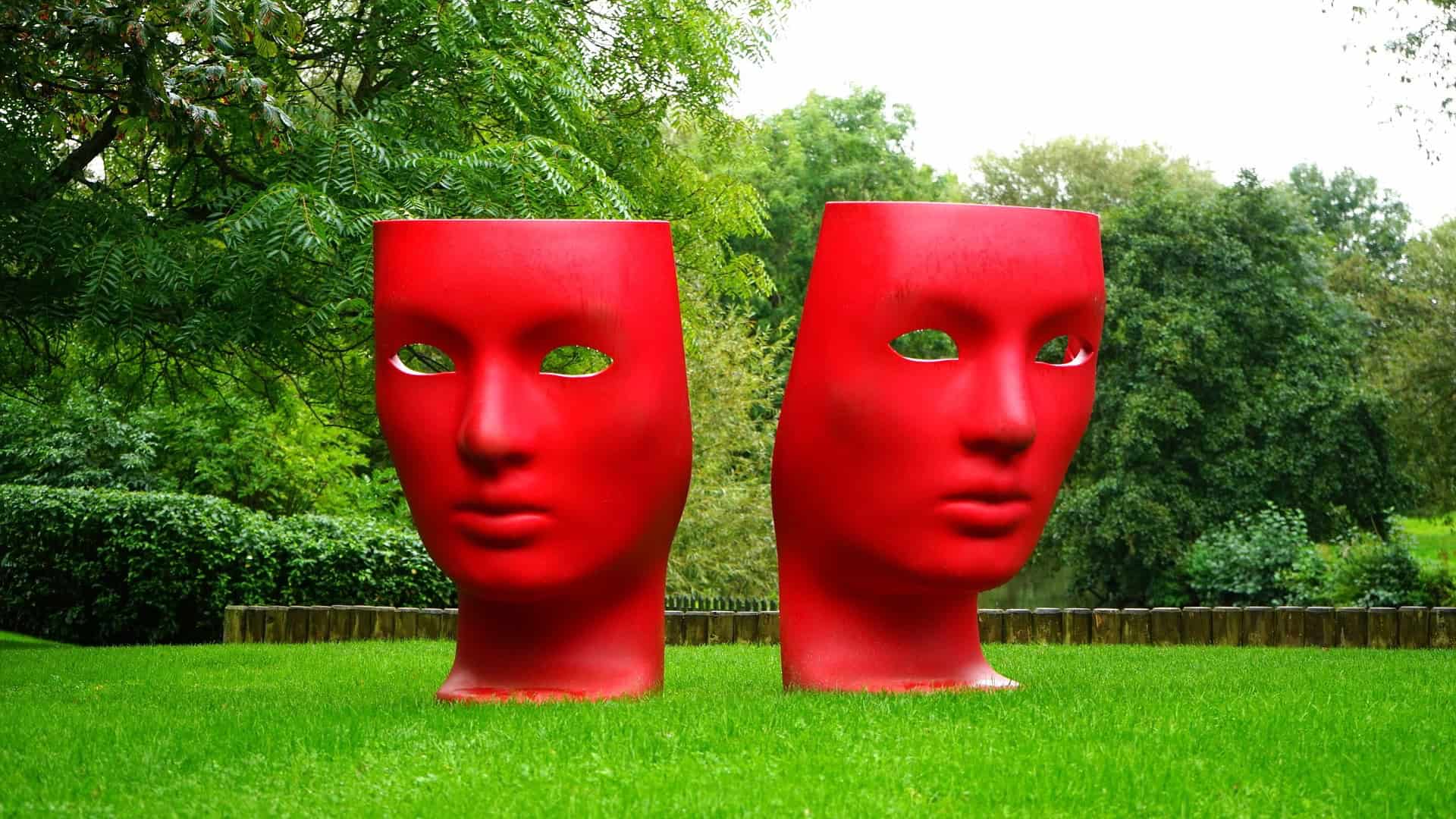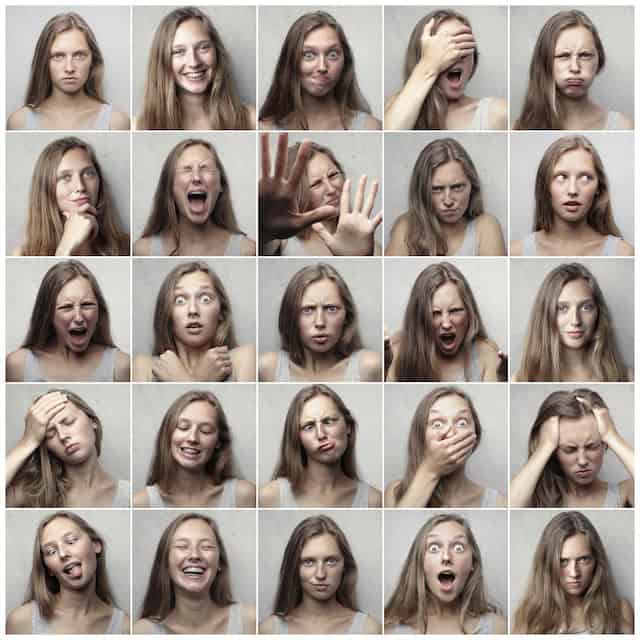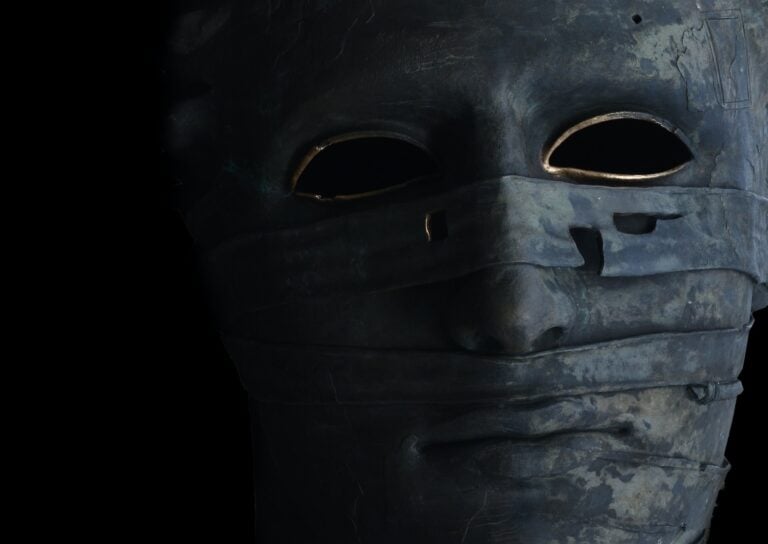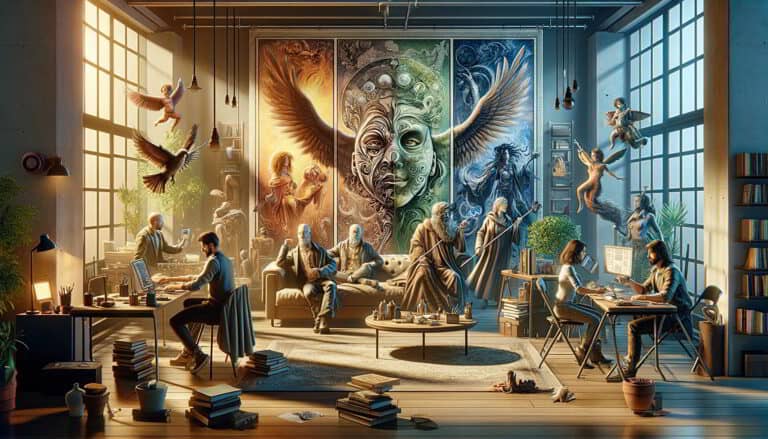Unlocking Characters: Enneagram and Myers-Briggs Archetypes in Fiction
Unleash the power of Enneagram and Myers-Briggs archetypes to create compelling, relatable characters that resonate with your readers.
Introduction: The Enneagram and Myers-Briggs – Powerful Tools for Character Development
Understanding personality systems like the Enneagram and Myers-Briggs can supercharge your character development process. They provide a rich tapestry of traits, motivations, and behaviors to draw from when crafting your characters. Your readers will be captivated by the depth and authenticity these systems can bring to your storytelling.
Before diving into how these systems relate and can be used in tandem, it’s important to understand them individually. As a renowned Swiss psychiatrist, Carl Jung’s theories influenced both the Enneagram and the Myers-Briggs Type Indicator (MBTI). Using his foundational work, these systems have evolved to become two of the most widely accepted and utilized personality typologies today.
Enneagram Archetypes: Nine Paths to Character Depth
The Enneagram system outlines nine distinct personality types, each with its own unique set of characteristics, motivations, fears, and desires. This powerful tool can help writers create multi-dimensional characters that feel real and engage readers on a deeper level.
Each of the nine types is driven by a different core motivation which influences their actions, reactions, and worldviews. These types include The Perfectionist, The Helper, The Achiever, The Individualist, The Investigator, The Loyalist, The Enthusiast, The Challenger, and The Peacemaker.
In the realm of fiction, these archetypes provide a blueprint for creating characters with depth and nuance. Using the Enneagram, you can develop characters who are complex and layered, with personal growth arcs that feel authentic and resonate with readers.
“The creation of a thousand forests is in one acorn.” – Ralph Waldo Emerson
Emerson’s quote perfectly encapsulates the potential of the Enneagram in character creation. Each archetype is a seed that can grow into a vibrant, multi-dimensional character, teeming with life and depth.
Myers-Briggs: Sixteen Personalities for Varied Character Interactions
The Myers-Briggs Type Indicator (MBTI) is another powerful tool that can add depth and complexity to your characters. Based on Carl Jung’s theories of psychological types, the MBTI outlines 16 different personality types, each with its own unique set of traits.
These types are determined by four dichotomies: Extraversion vs. Introversion, Sensing vs. Intuition, Thinking vs. Feeling, and Judging vs. Perceiving. Each combination creates a unique personality type with specific traits, preferences, and tendencies.
In fiction, MBTI types can help create distinct characters who interact with the world and others in unique ways. This variety can lead to engaging dynamics and conflicts between characters, adding richness to your narrative.
“Every individual is a novel.” – Carl Jung
Jung’s insight into human personality underscores the importance of understanding individual differences when creating characters. Just like real people, your characters should be unique, complex, and sometimes even contradictory.
The Interplay of Enneagram and Myers-Briggs in Character Development
Combining the Enneagram and Myers-Briggs systems can lead to a more holistic approach to character development. While there are some correlations between the two systems, they are not strictly equivalent. However, together, they can provide a fuller picture of a character’s personality.
The Enneagram focuses more on the emotional and motivational aspects of personality, providing insight into why characters might act the way they do. On the other hand, the Myers-Briggs focuses on cognitive processes and how characters perceive and interact with the world around them. When used together, these systems can help create well-rounded, relatable characters with depth and complexity.
For example, an Enneagram Type 8, The Challenger, might be driven by a desire to protect themselves and control their own destiny. This could manifest as a fiercely independent and assertive character. If this character is also an ENTJ (Extraverted, Intuitive, Thinking, Judging) in the Myers-Briggs system, they might be organized, strategic, and natural leaders, adding an extra layer of complexity to their character.
Similarly, an Enneagram Type 4, The Individualist, could be an INFP (Introverted, Intuitive, Feeling, Perceiving) in the Myers-Briggs system. This combination might result in a character who is introspective, emotionally intense, creative, and values authenticity, making for a deeply complex and fascinating character.
“Personality is an unbroken series of successful gestures.” – F. Scott Fitzgerald
Fitzgerald’s quote reminds us that personality isn’t just a static set of traits. It’s a series of actions, reactions, and choices that characters make, shaped by their unique blend of traits and motivations. Using the Enneagram and Myers-Briggs systems together can help craft these distinctive gestures for your characters.
Conclusion: Unleashing the Power of Personality Archetypes
Enneagram and Myers-Briggs archetypes offer a rich toolbox for character creation. They provide a framework that can help you understand and develop your characters on a deeper level, creating engaging, relatable personalities that resonate with your readers.
Utilizing these archetypes isn’t about boxing your characters into predefined categories. Instead, it’s about understanding the diverse range of human behaviors, motivations, and perceptions that make us who we are. When used wisely, these archetypes can breathe life into your characters, adding depth, complexity, and authenticity to your storytelling.
Remember, the journey of writing is just as important as the destination. So why not delve into the world of personality archetypes and see where they can take your characters?
Don’t forget to subscribe to our exclusive email group for more insights, resources, and discussions about writing, character development, and more!
FAQs
What are the Enneagram and Myers-Briggs systems?
Answer: The Enneagram and Myers-Briggs are two different personality typing systems. The Enneagram has nine distinct types, each driven by a unique core motivation. The Myers-Briggs Type Indicator (MBTI) outlines 16 personality types based on four dichotomies: Extraversion vs. Introversion, Sensing vs. Intuition, Thinking vs. Feeling, and Judging vs. Perceiving.
How can I use these systems in character development?
Answer: These systems can provide a framework for understanding and developing your characters. The Enneagram can give insight into your character’s core motivations and emotional world, while the Myers-Briggs can shed light on how your character perceives and interacts with the world around them.
Can the Enneagram and Myers-Briggs types correspond to each other?
Answer: While there may be some correlations between certain Enneagram and Myers-Briggs types, they are not strictly equivalent. Each system focuses on different aspects of personality. However, they can be used together for a more holistic view of character personality.
Keywords: Enneagram, Myers-Briggs, character development, personality archetypes, fiction characters, personality systems, character depth, personality types, motivations, storytelling.






